Many gardeners dream of a lush, vibrant garden but may be deterred by the thought of the time and effort required for maintenance. However, with careful planning and smart design choices, it’s possible to create a beautiful garden that requires minimal upkeep. In this guide, we’ll share some tips and tricks for designing and maintaining a low-maintenance garden that will save you time and effort while still providing beauty and enjoyment.
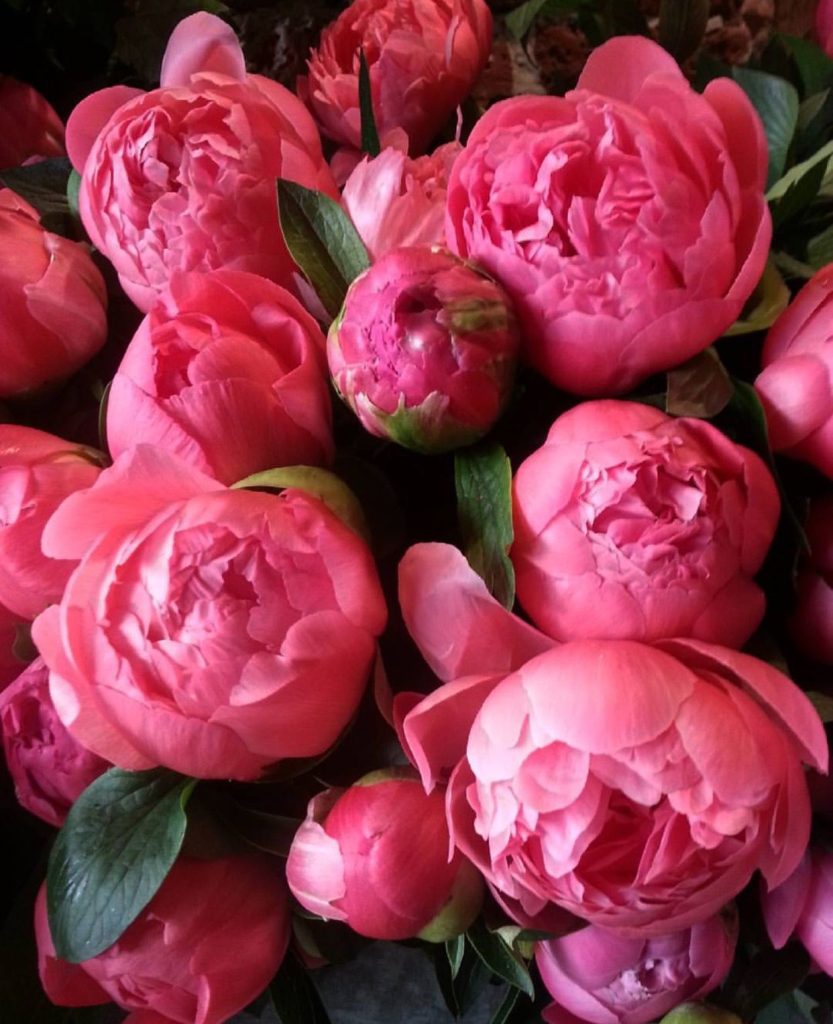
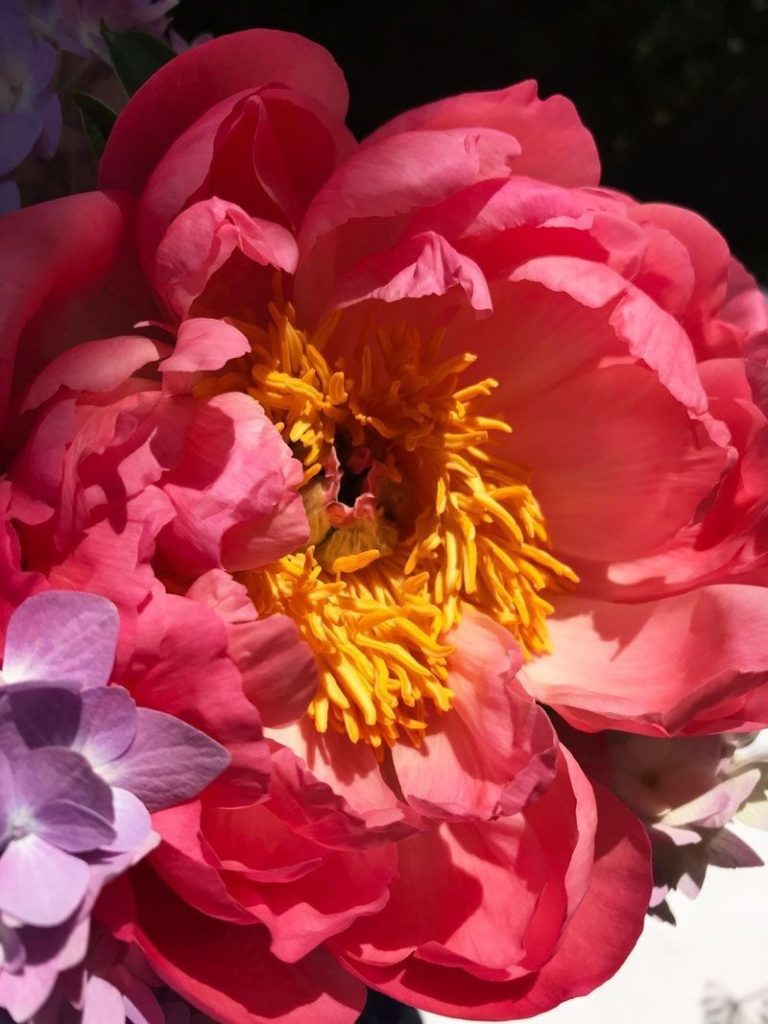
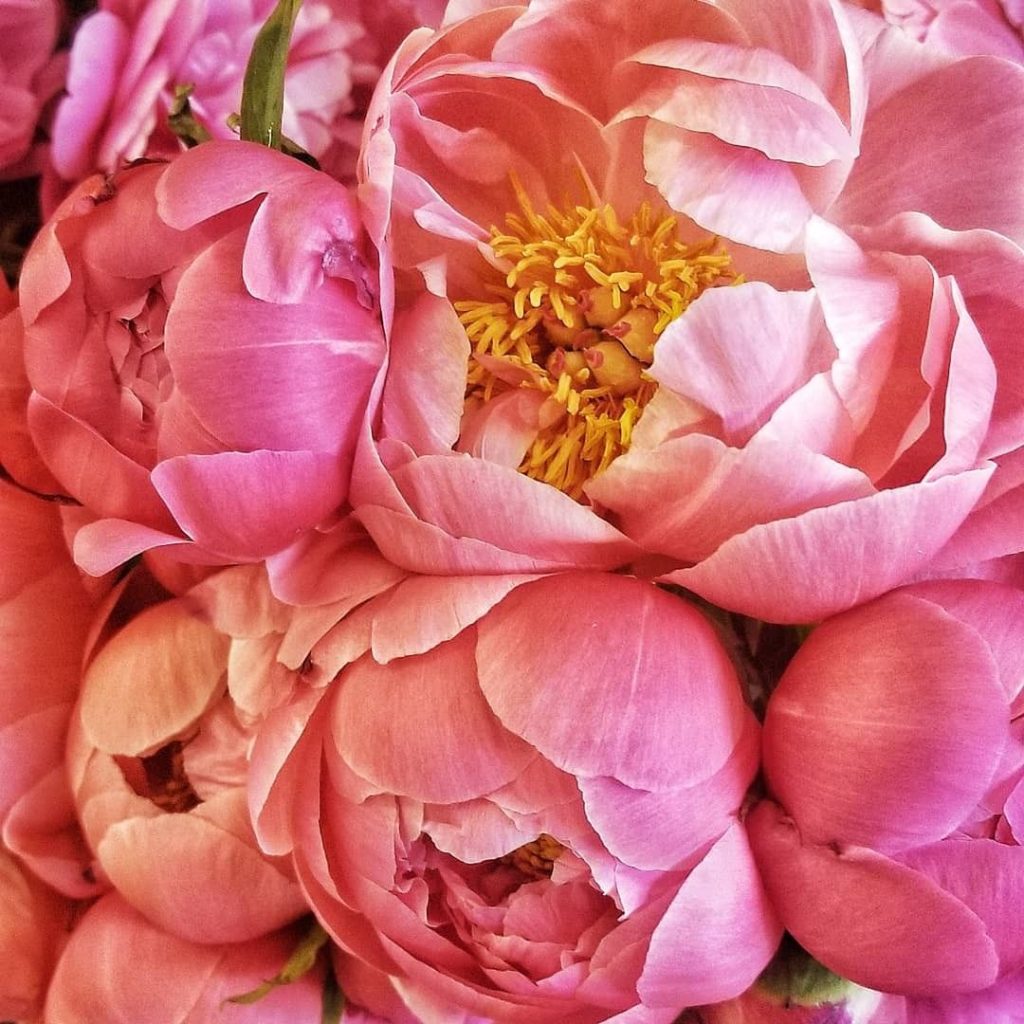
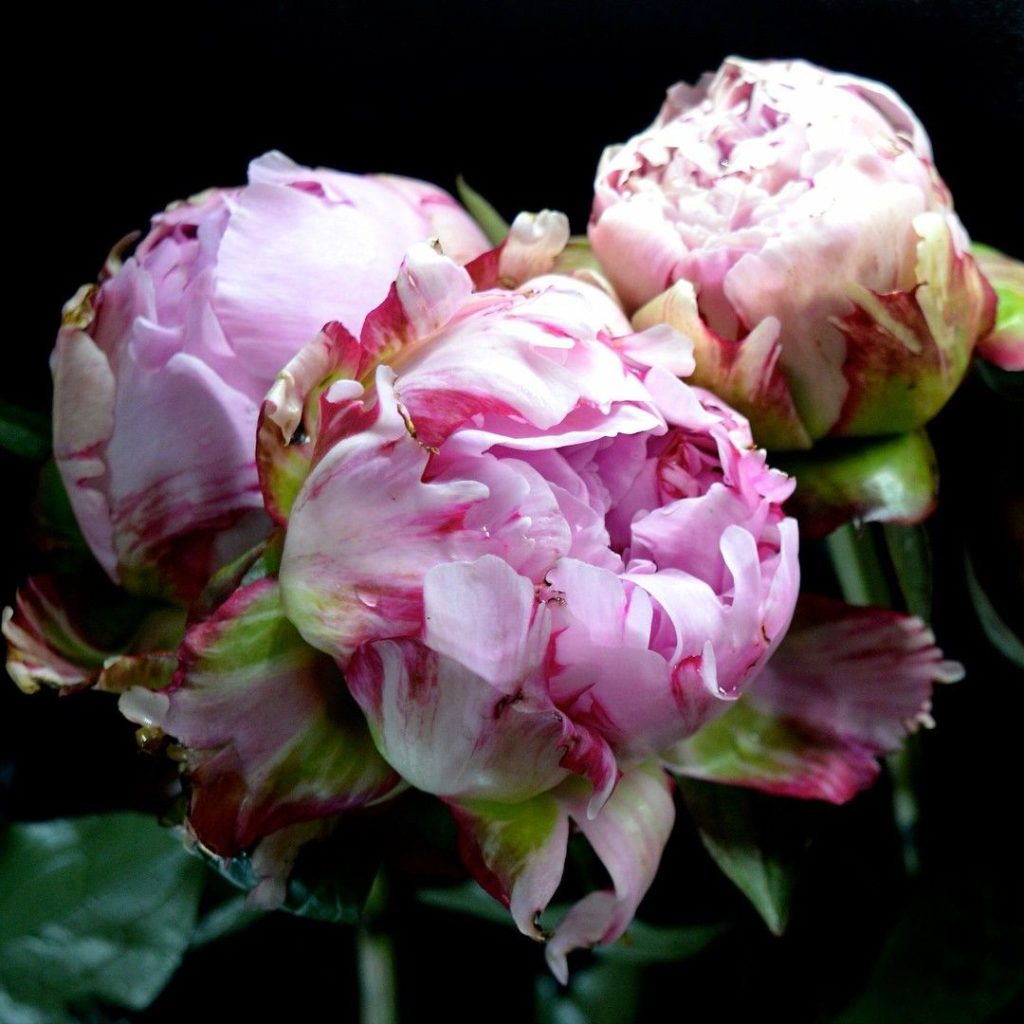
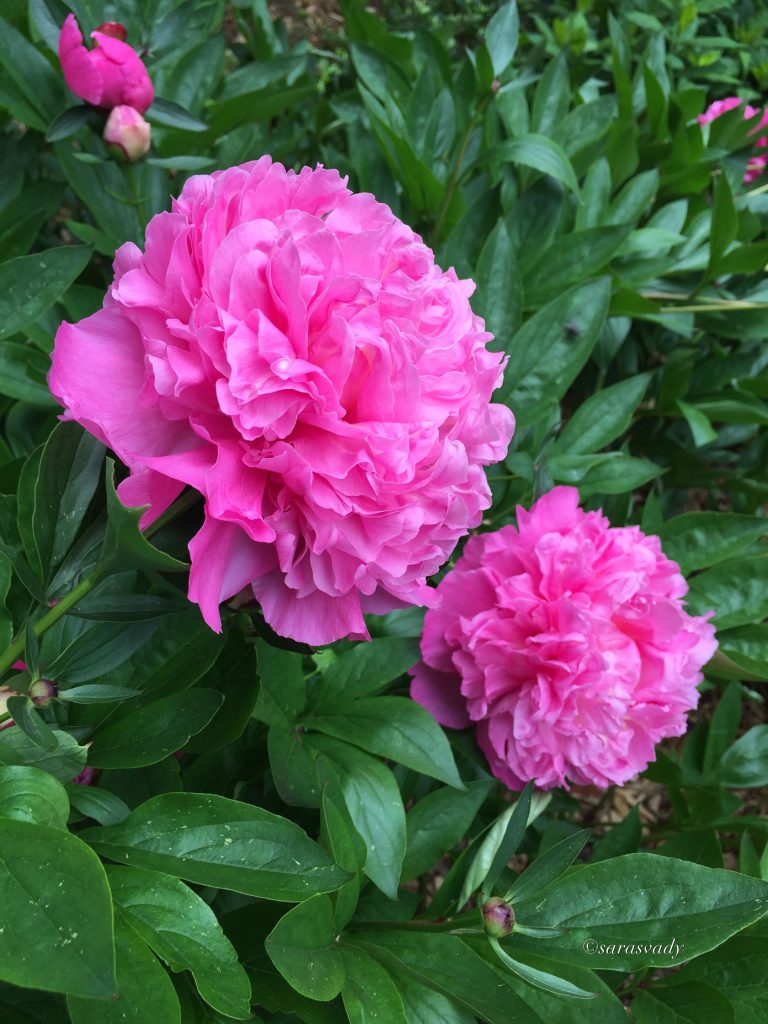
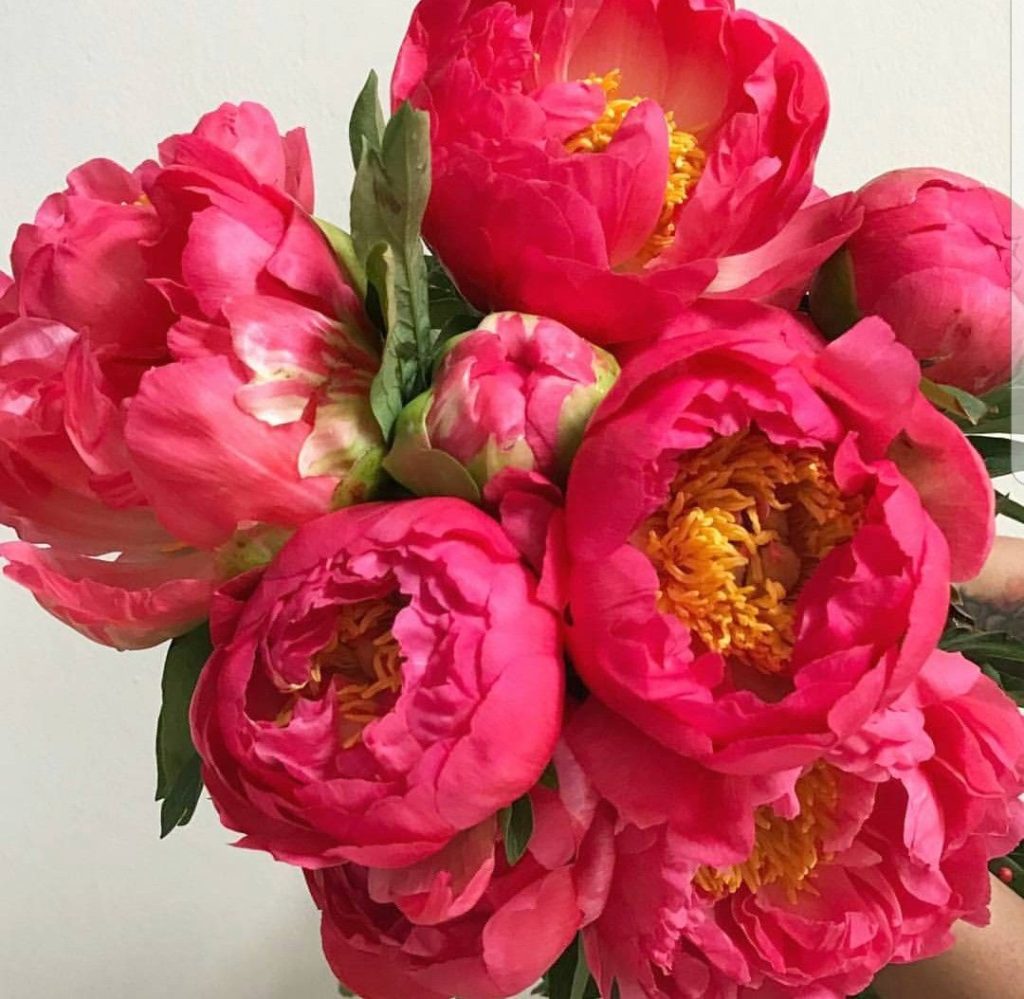
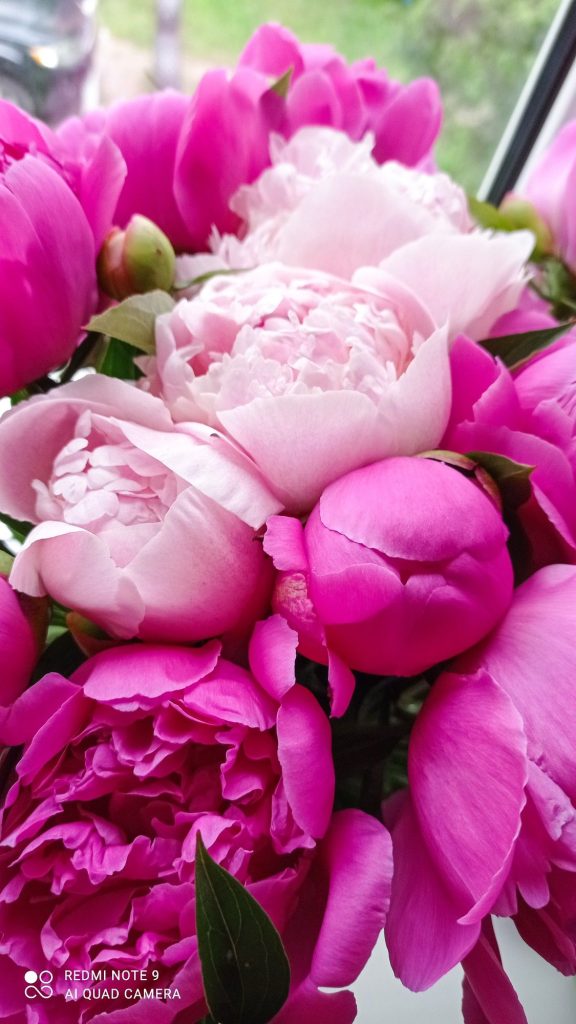
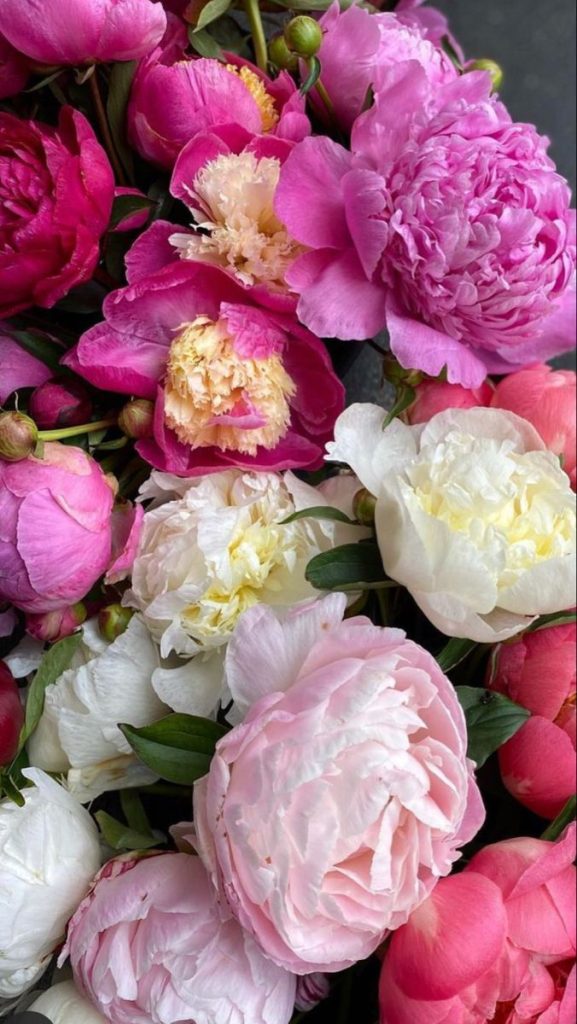
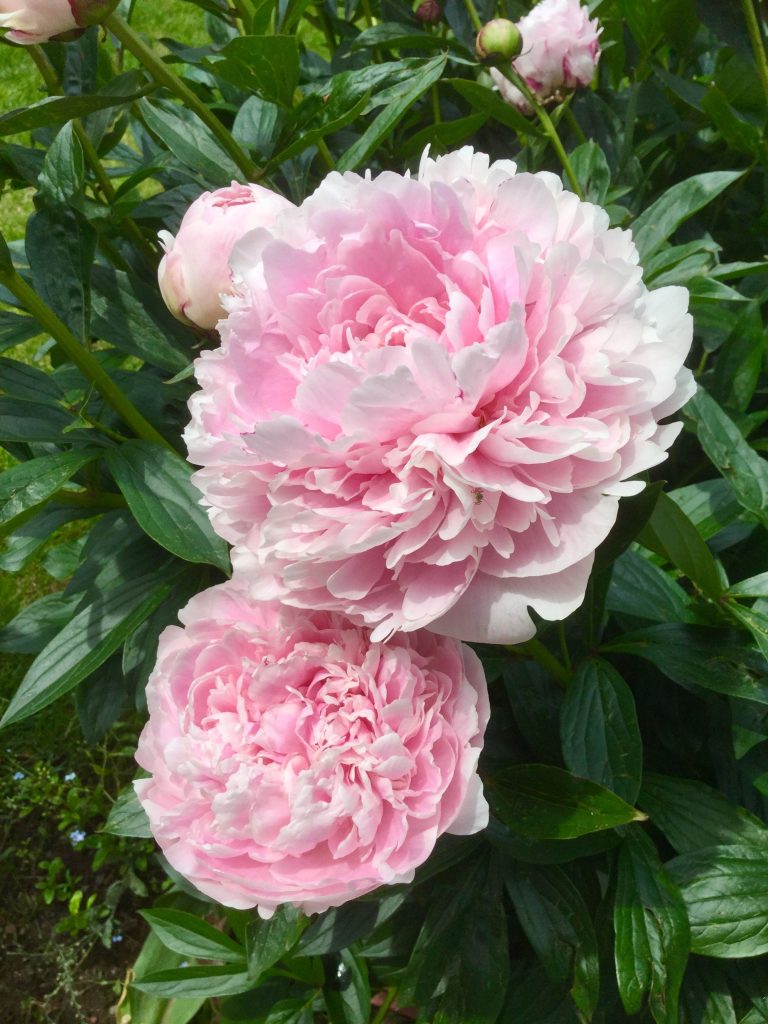

Choose Low-Maintenance Plants
Tip: Selecting the right plants is key to creating a low-maintenance garden. Choose plants that are well-suited to your climate and soil conditions and require minimal watering, pruning, and fertilizing. Look for native or drought-tolerant species that are adapted to your region’s environmental conditions and can thrive with minimal intervention.
Plan for Easy Access and Navigation
Tip: Design your garden with easy access and navigation in mind to minimize the time and effort required for maintenance tasks. Create wide pathways and clear zones around plantings to allow for easy movement and access for watering, weeding, and pruning. Consider using raised beds or containers for planting to reduce bending and stooping.
Use Mulch to Suppress Weeds and Retain Moisture
Tip: Mulching is a simple yet effective way to reduce weeds, conserve moisture, and improve soil health in your garden. Apply a thick layer of organic mulch, such as wood chips, straw, or shredded leaves, around your plants to suppress weed growth and retain moisture in the soil. Mulch also helps regulate soil temperature and reduce erosion.
Opt for Perennial Plants and Shrubs
Tip: Perennial plants and shrubs require less maintenance than annuals because they come back year after year and often require less watering, pruning, and fertilizing. Choose a variety of perennial species with different bloom times to ensure year-round interest and color in your garden without the need for frequent replanting.
Group Plants by Watering Needs
Tip: Grouping plants with similar watering needs together can help streamline your watering routine and reduce water waste. Create zones in your garden based on water requirements, with drought-tolerant plants grouped together in one area and more water-intensive plants in another. This way, you can tailor your watering schedule to each zone’s specific needs.
Invest in Irrigation Systems
Tip: Installing an irrigation system, such as drip irrigation or soaker hoses, can help automate the watering process and ensure that your plants receive consistent moisture without the need for daily hand watering. Irrigation systems deliver water directly to the root zone, minimizing evaporation and runoff, and can be set on timers for convenience.
Minimize Lawn Areas
Tip: Lawns require regular mowing, watering, and fertilizing to keep them looking their best, so consider reducing the size of your lawn or replacing it with low-maintenance alternatives like ground covers, ornamental grasses, or native meadows. These alternatives require less maintenance and provide habitat for pollinators and wildlife.
Embrace Natural Pest Control Methods
Tip: Instead of relying on chemical pesticides, embrace natural pest control methods to keep pests in check in your garden. Encourage beneficial insects like ladybugs, lacewings, and parasitic wasps by planting flowers they’re attracted to and avoiding the use of broad-spectrum pesticides that harm beneficial insects along with pests.
Regular Maintenance and Monitoring
Tip: While a low-maintenance garden requires less day-to-day upkeep, it’s still important to schedule regular maintenance tasks like weeding, pruning, and deadheading to keep your garden looking its best. Set aside time each week for basic maintenance tasks and keep an eye out for signs of pests, diseases, or other issues that may require attention.
Conclusion
Creating a low-maintenance garden is all about making smart design choices and selecting the right plants and materials to minimize upkeep while maximizing beauty and enjoyment. By choosing low-maintenance plants, planning for easy access and navigation, using mulch to suppress weeds and retain moisture, opting for perennial plants and shrubs, grouping plants by watering needs, investing in irrigation systems, minimizing lawn areas, embracing natural pest control methods, and scheduling regular maintenance and monitoring, you can create a garden that’s beautiful, sustainable, and easy to care for year after year. So go ahead and transform your outdoor space into a low-maintenance oasis that you can enjoy with minimal effort and maximum satisfaction!